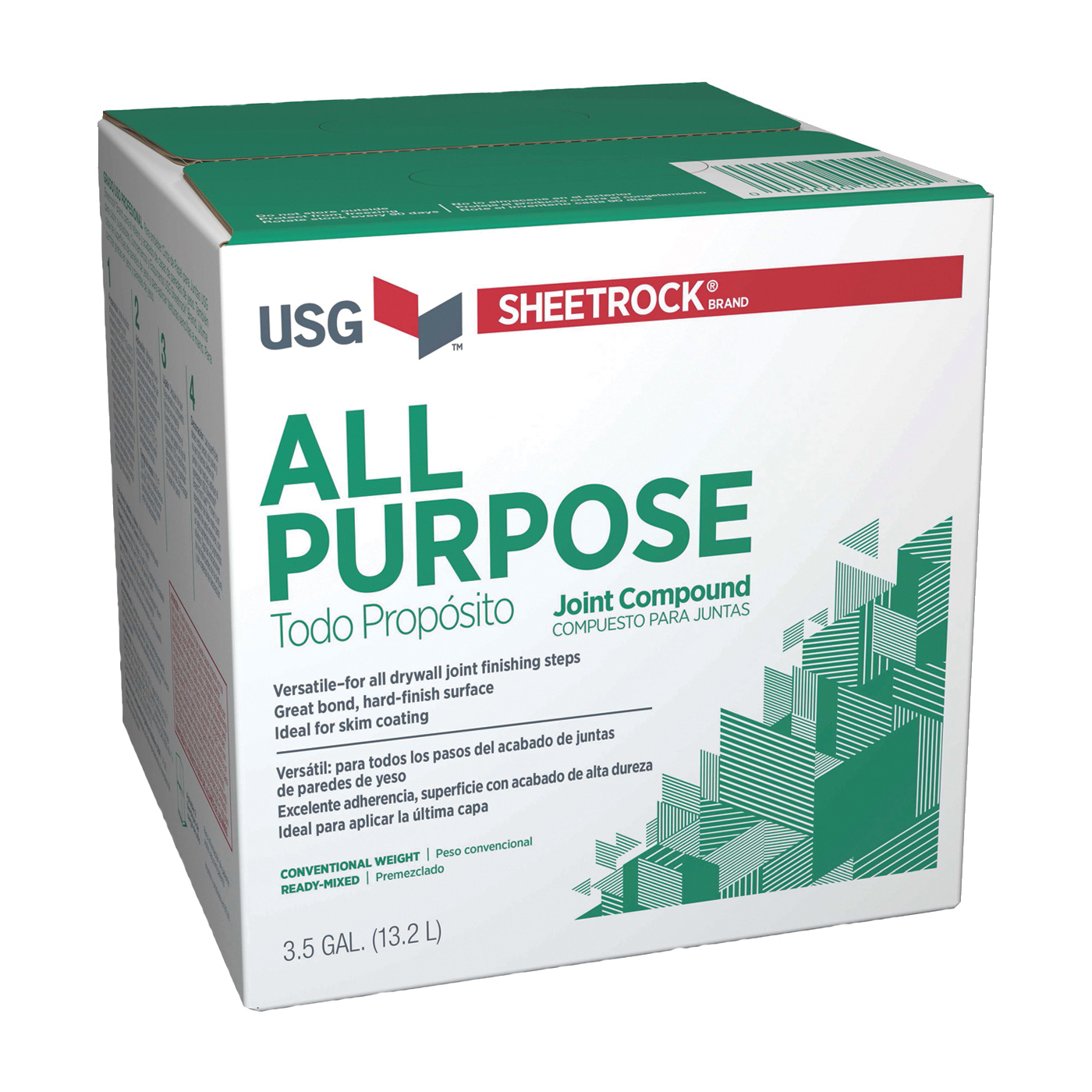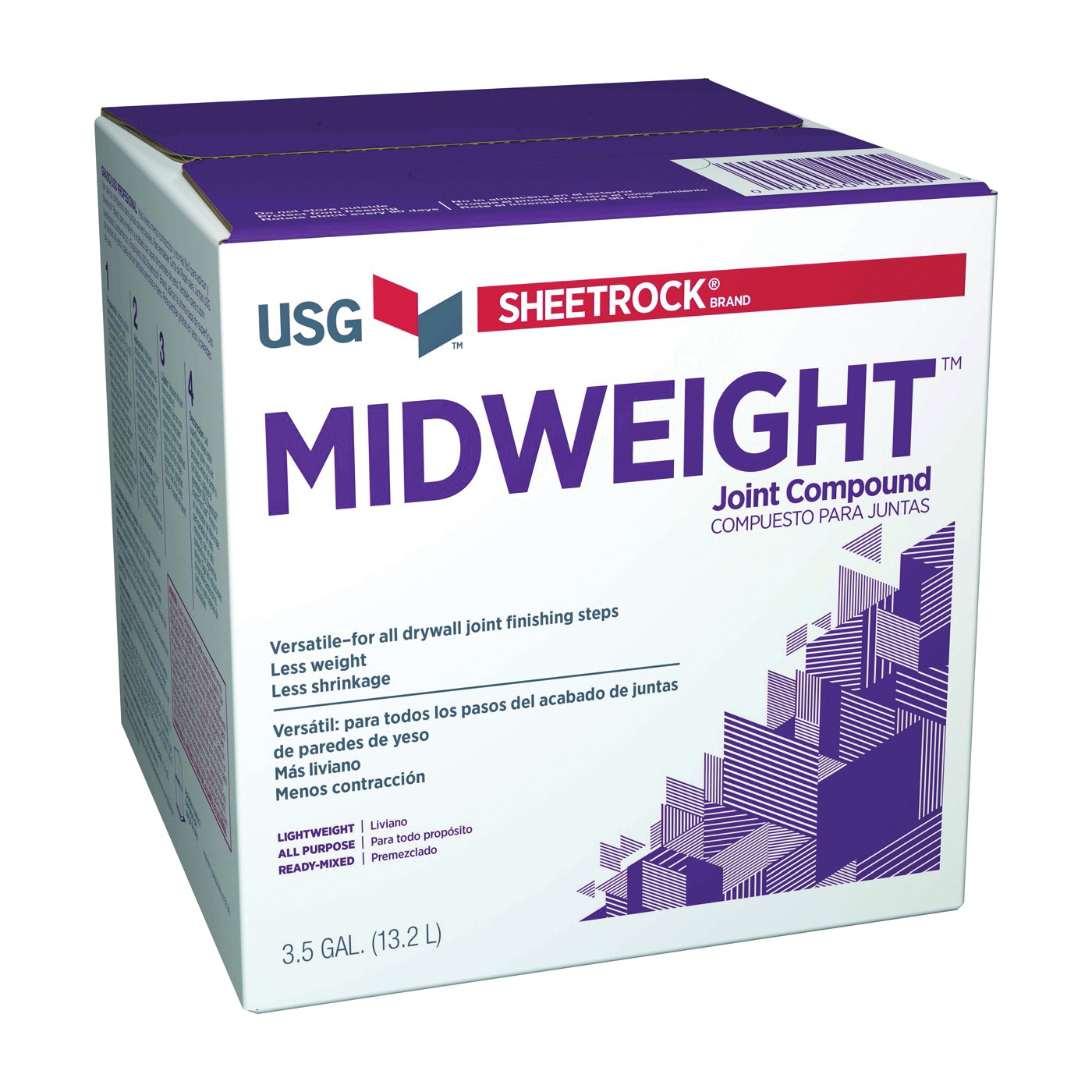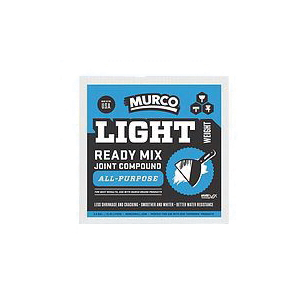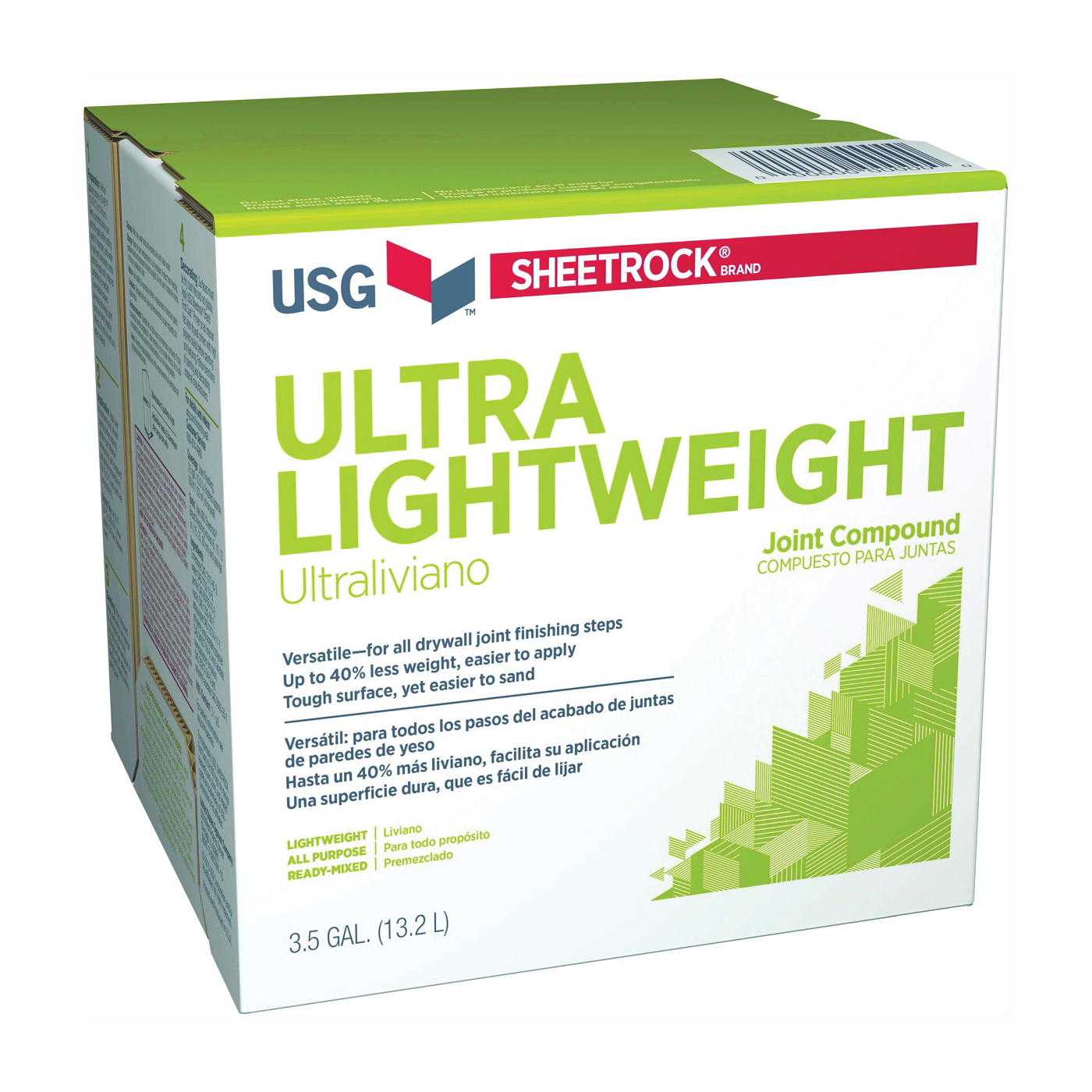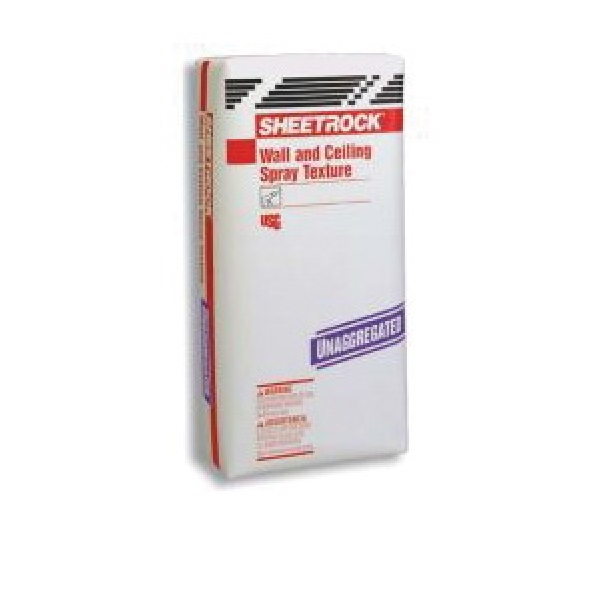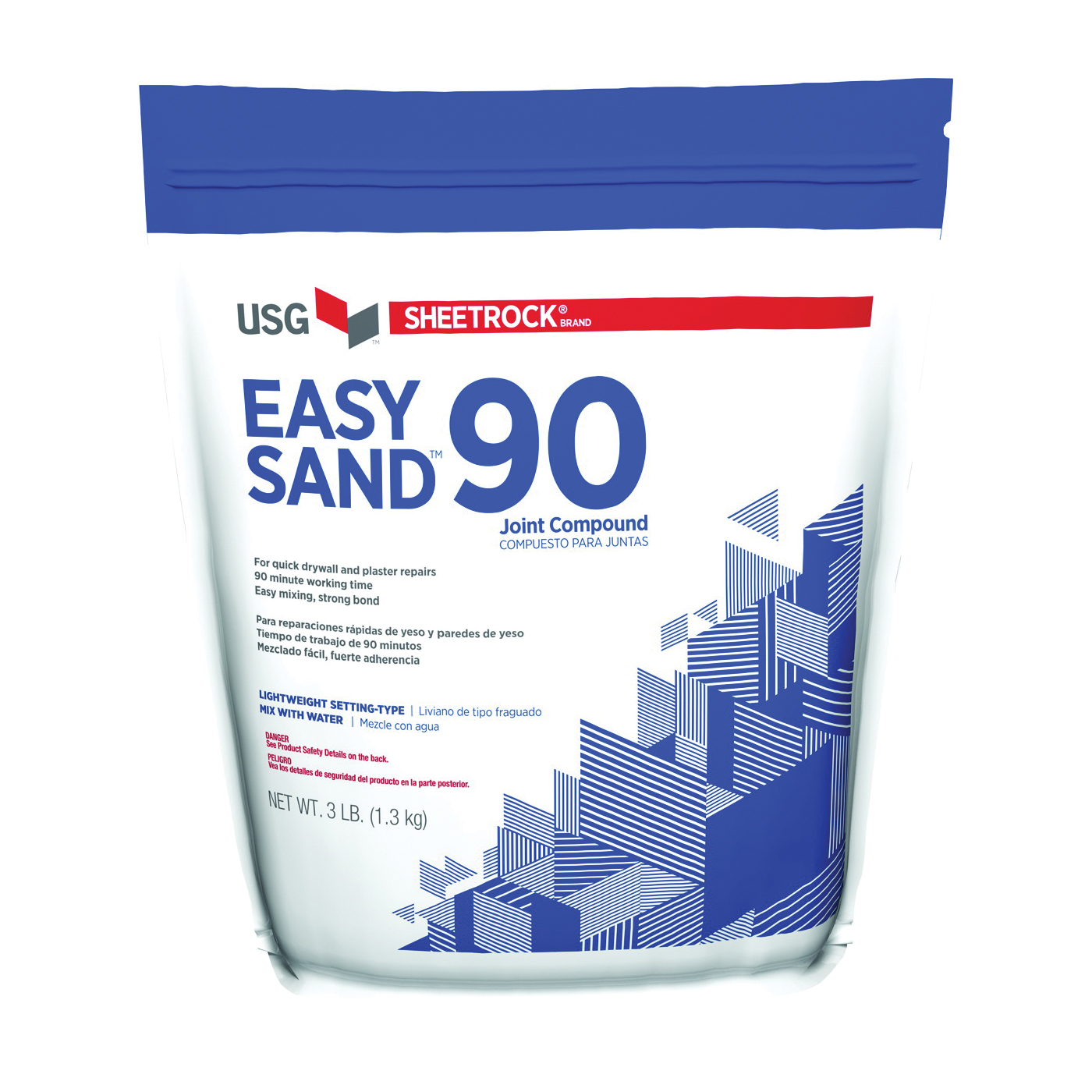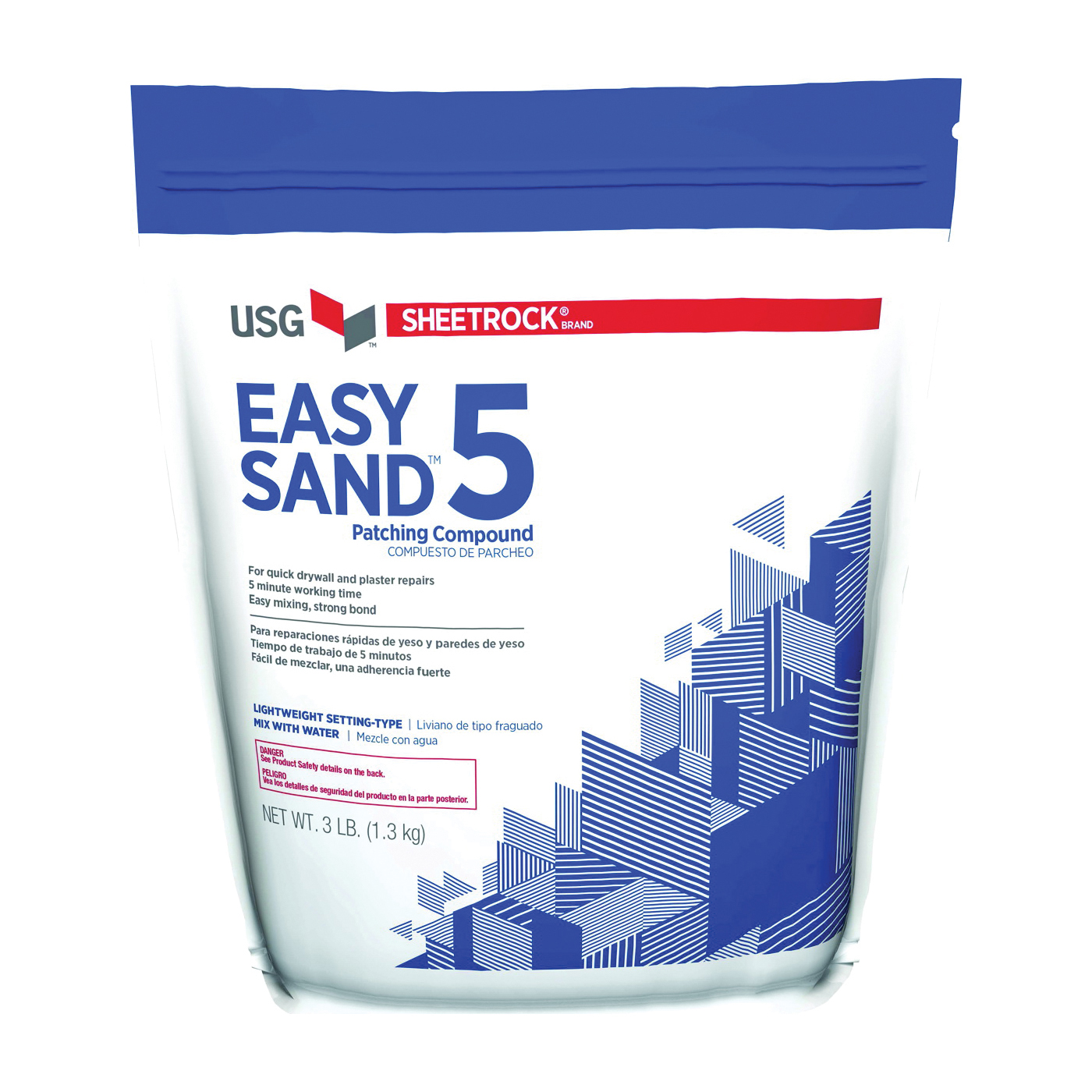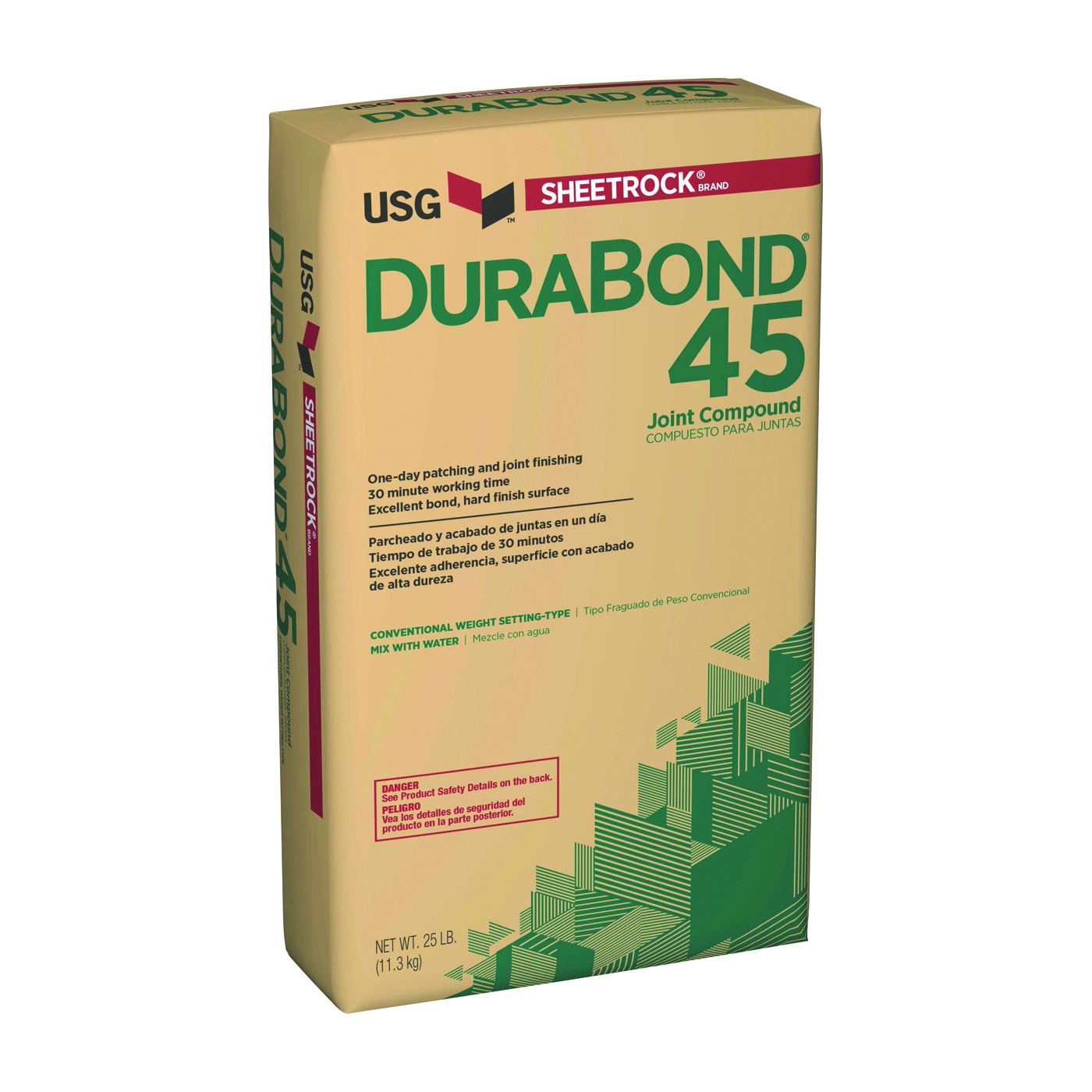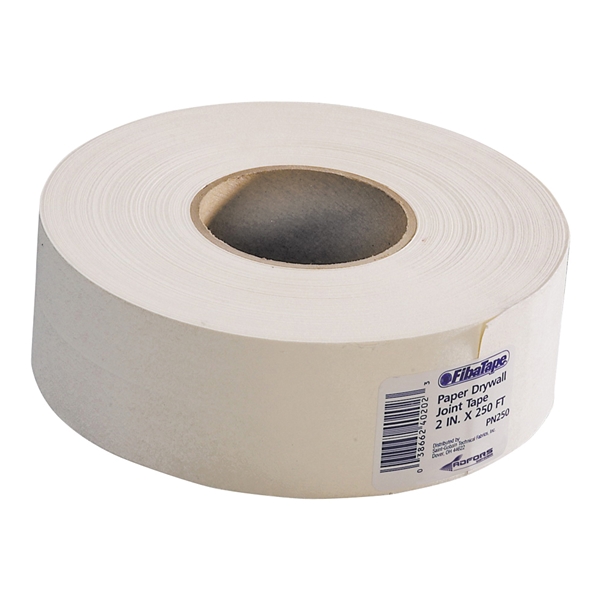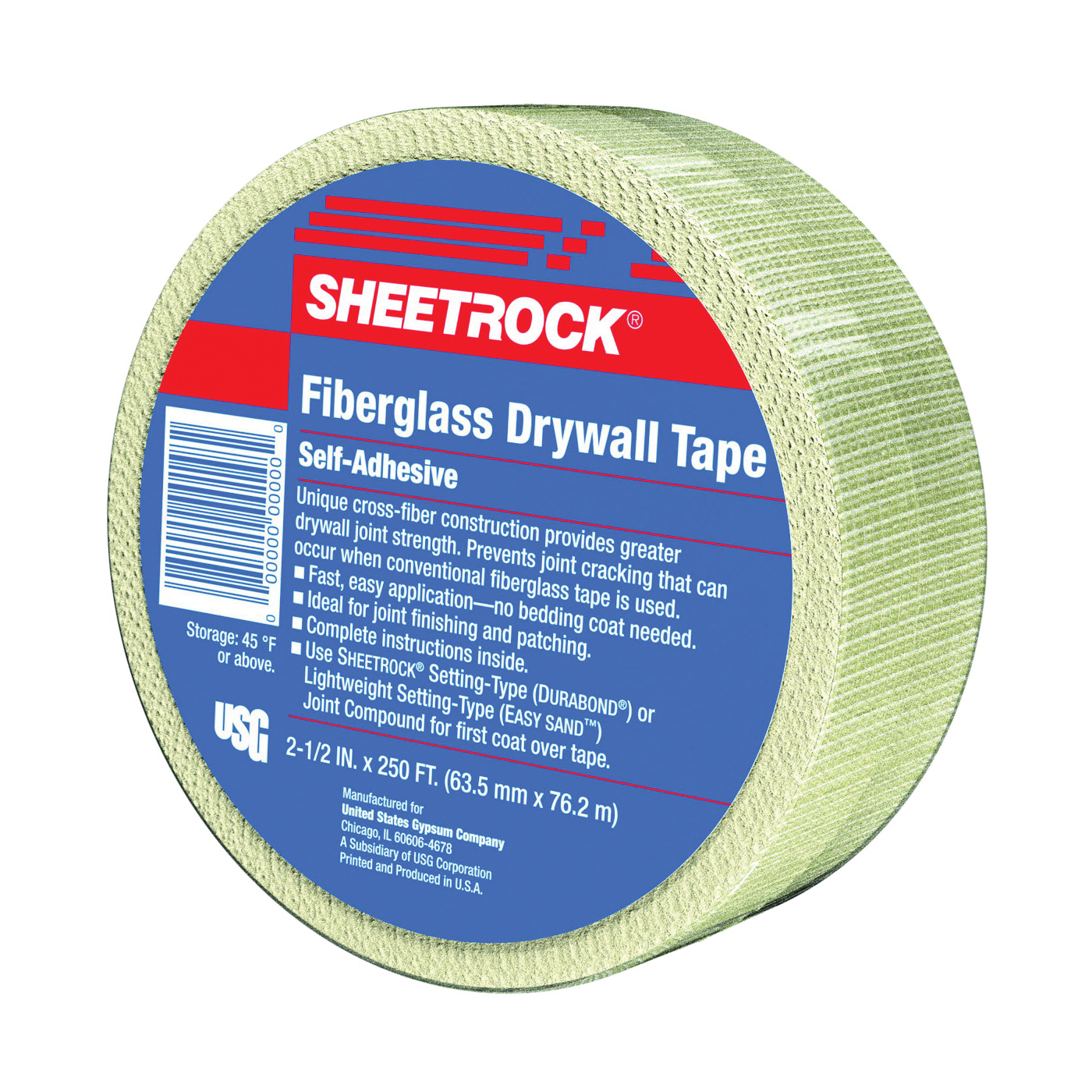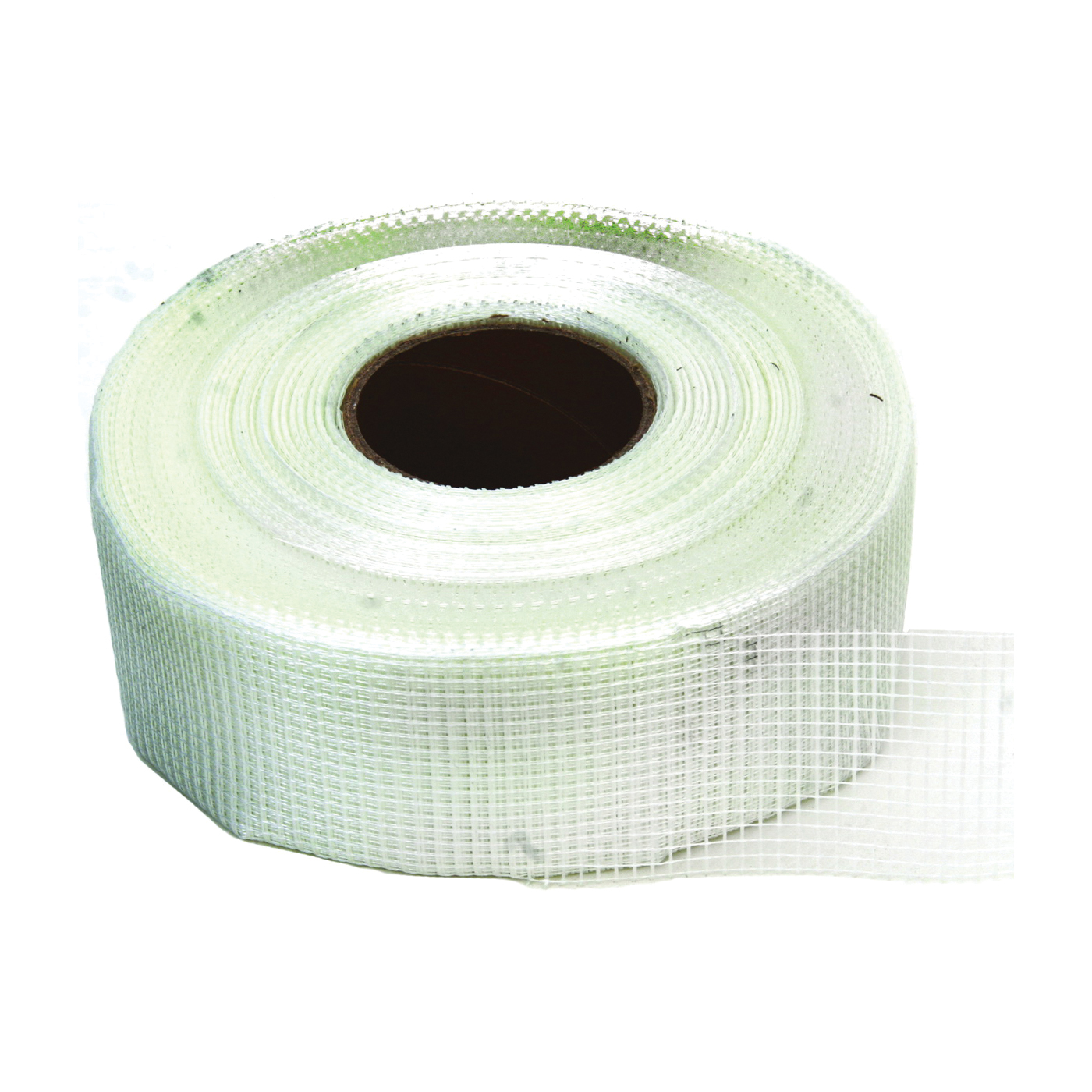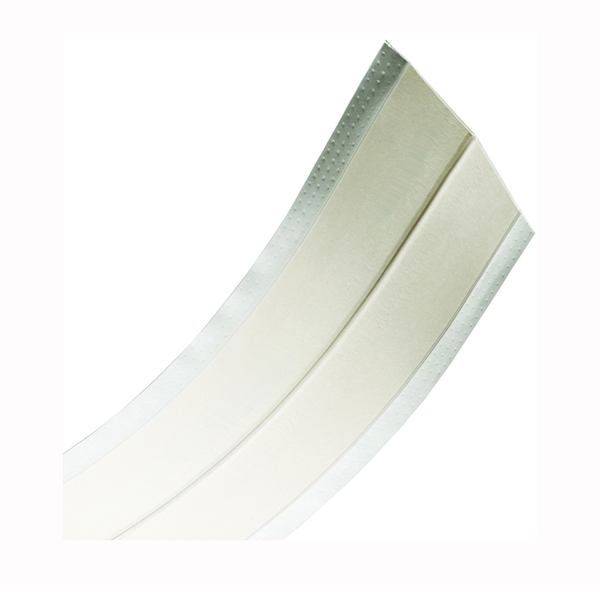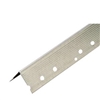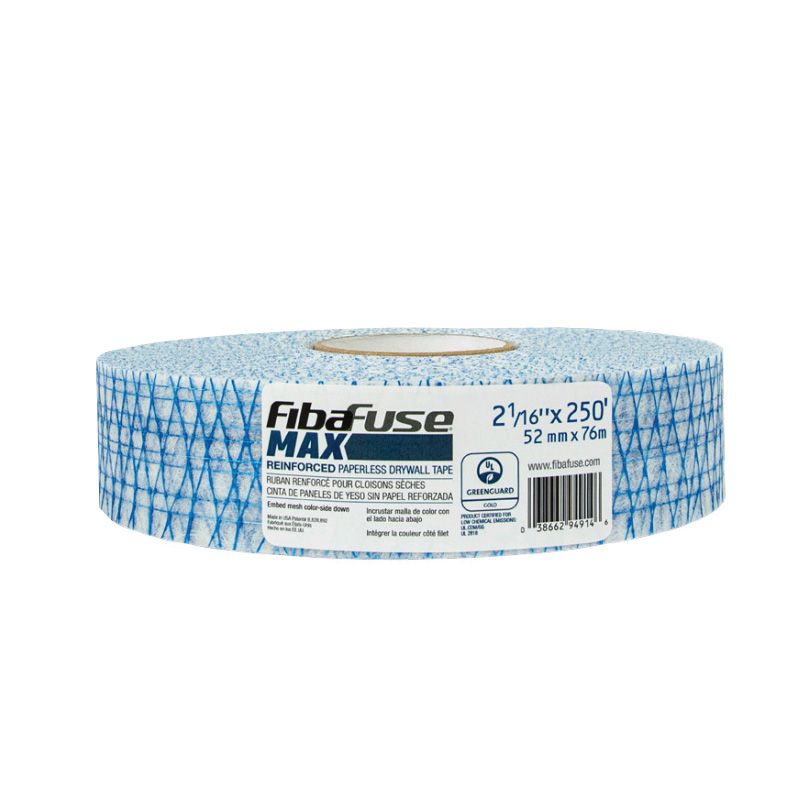

Joint Compound: Tape, Float, and Texture
We know you are an artist with mud and trowel, but to make things simple we have divided up our joint compound to when you might use it most.
Keep in mind that all-purpose joint compounds have different weights. A heavyweight or regular all-purpose is going to be more durable than a mid- or lightweight, but the lighter you go, the easier it is to work. This decreases your work time, provided you get the result you want. The heavier the compound, the more it will shrink after drying.
Joint Compounds
Taping Muds
All Purpose
All Purpose
Topping and Texturing Muds
Lite
Lite
Texture & Ceiling Texture
Texture & Ceiling Texture
Hot Mud, Easy Set for Topping
Easy Sand & Durabond
Easy Sand & Durabond
Tape & Corner Beads
Tape
Tape
Texturing Walls and Ceilings
While orange peel texture might be your go-to, giving your customers more options when it comes to wall texturing will help them find a good fit for their space. It might even be a time-saver for you and your crew! Review some of the most common wall textures below before your next job.


Orange Peel- This is a common and popular texture that has the finished appearance like the texture of an orange peel. The method is easy to apply with two coats of drywall mud. The first layer is sanded down, and the second layer is applied with a hopper. While still wet, a nap roller is used to get the desired look.
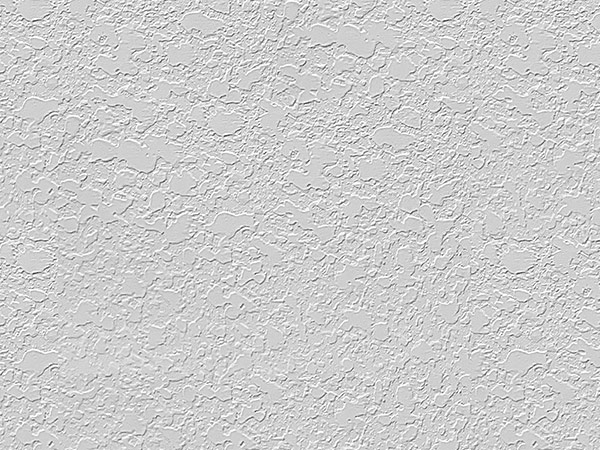
Knockdown-This texture provides the same look as stucco. The same application method is used as with orange peel, but a trowel smooths out or “knocks” down the bumps created by the roller.
Slap Brush- Here is where drywall finishing turns into an artform. This texture requires the use of a specific brush with its bristles spread or fanned out. While the mud is still wet, the brush is then used to apply or “slap” on more mud for this specific look. The drywall finisher has control over the final designs made by the brush.
Spray Sand- This texture is less commonly used but is applied to the ceiling and sometimes walls. It looks similar to orange peel; however, it doesn’t have the same separated or cracked look. Spray sand is made by mixing sand, primer, water, and mud into a hopper and spraying evenly across the surface.
Popcorn- Popular for many decades, the popcorn texture is used almost exclusively on ceilings. The finished texture is rough with puffed out bumps to create the signature “popcorn” look. The texture is a mix of drywall mud with polystyrene chips that expand in water giving it the puffed appearance. This mixture is applied with a hopper and sprayer.
Smooth- The smooth texture is just what it sounds—no physical bumps or roughness. Finishing layers of joint compound are smoothed out along the entire wall with a trowel and no bumps are left behind. This creates a blank canvas for any decorative additions by the homeowner.
We know you’re busy at the jobsite, that’s why we offer our buy online and pickup in-store option or even delivery of all that drywall. Get started today.

